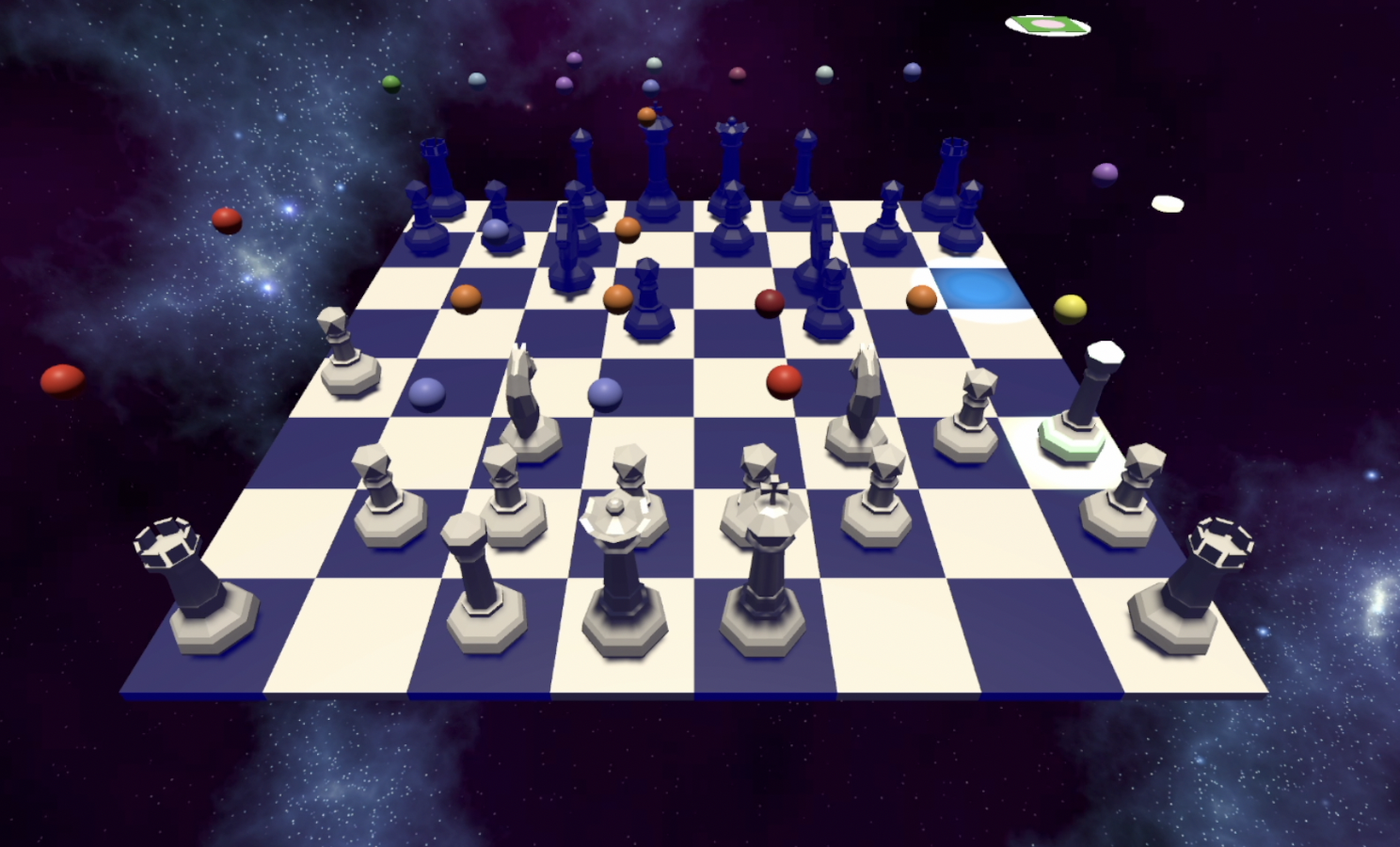

Sequencer Concept: Chess, Colour, Synesthesia, Pretense
This entire project concept started as a result of a discussion in class about synesthesia. I googled Scriabin synesthsia, as he's my favourite composer. I discovered that despite being known as the iconic composer with synesthsia, later researches indicate that he pretended to have one without actually having one. I was fascinated by the fact that a great composer like Scriabin involved himself in an elaborate lie, where he took Newton's sound theory of 'Circle of Fifth' and made that into a synesthetic scheme, even composing pieces around the colour-note connection scheme, composing as if he was painting.
I imagine this chess to be a mind game Scriabin was playing. Like moving chess pieces, he was controlling the sound based off the artifically created scheme.
Previous Thoughts
One crucial element that I wanted to explore is the idea of faking synesthesia. My absolute favourite composer, Alexander Scriabin was thought to have a synesthesia, as he himself argued so, and he created a scheme of linking colour to notes and composed using the colour scheme.
I only recently discovered that later research suggested that Scriabin just pretended to have synesthesia and that he created his famous scheme of colour based on Isaac Newton's idea about the circle of fives.
I was so mesmerised by the fact that he faked it for the longest time, and wrote great pieces based off a condition that he did not have. I wanted to express the idea that he was almost playing a mind game using his fake synesthetic colour scheme of musical notes.
Currently, the colour part / the game mechanics have not been implemented. I am still contemplating how I'm going to express the colour in the design.
Sequencer Research
I realised that I was exposed to the world of music sequencers even before knowing the term. For example, Logic Pro, which is something that I used to generate the music for GErlkonig: the Audiovisualiser, was an example of a sequencer. By reading articles, I learned that music sequencers are 'hardware devices or application software that can record, edit, or play back music, by handling note and performance information.' It was fascinating to see the historical examples of early sequencers. Also, as a last year's impulsive purchase, I actually bough myself music sequencer because it 'looks cool.' At that time, I regretted it so much, but I guess it was a good preparation for this course. Among the ones that I saw, I really liked the Yamaha Tenori-on.
Tutorial
I completed Kunwoo and Ge's tutorial on the chickuencer tutorial. While I get the gist of the way that ChucK and Unity work together, really capitalising on the strength of ChucK. I believe I need to learn a bit more about how ChucK itself works.
My Sequencer Designs
1) Synethesia - the Colour Study
There will be a merry go round at the bottom that controls the beat. The size of the horse will decide the The person on the horse will be holding a bubble machine. The bubble will travel up and hit the clouds, producing a sound.
Based on a synesthetic colour scheme, there will be clouds on the sky that interact with the balloon and create a different colour. The colour will determine the pitch based on the colour and pitch match, based on the distance between the mapped colours and their rgb values.
2) Tower Defence
This is basically a tower defence game on a grid of 9*9. Random enemies will be generated, and you can lay obstacles to deter the enemy intrusion. Dinosaurs and animals will intrude the place, and depending on their movement pattern they will generate different sounds coming in.
3) Devil's staircase
Infinite loop, using a form of Mobius Belt. The objects inside will decide the beat, and the objects outside will decide the beat, and the objects outside will decide the pitch and the volume.
Sketches to be presented during class.